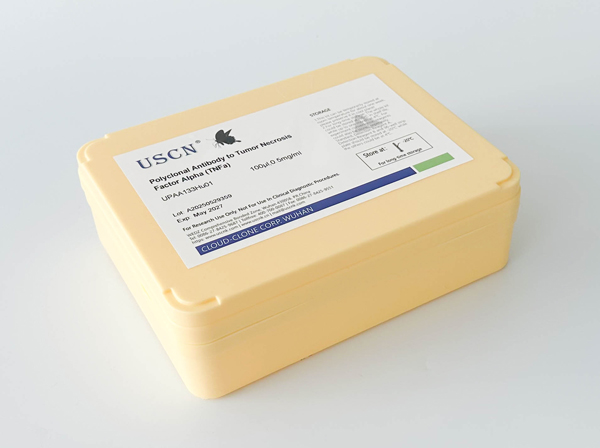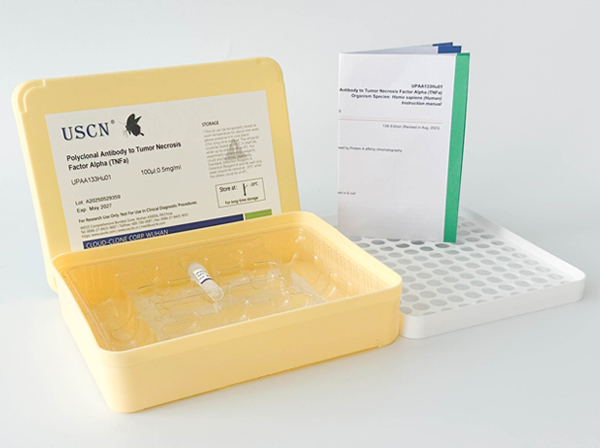Biotin-Linked Polyclonal Antibody to Peroxisome Proliferator Activated Receptor Gamma (PPARg)
PPAR-G; PPARG1; PPARG2; NR1C3; Glitazone Receptor; Nuclear Receptor Subfamily 1 Group C Member 3
- Product No.ULAA886Mu71
- Organism SpeciesMus musculus (Mouse) Same name, Different species.
- SourceAntibody labeling
- Ig Type IgG
- PurificationAntigen-specific affinity chromatography followed by Protein A affinity chromatography
- LabelBiotin
- Original Antibody n/a
- Buffer FormulationPBS, pH7.4, containing 0.02% NaN3, 50% glycerol.
- TraitsLiquid
- Concentration500µg/mL
- Organism Species MoreHomo sapiens (Human), Rattus norvegicus (Rat)
- ApplicationsWB; IHC; ICC.
If the antibody is used in flow cytometry, please check FCM antibodies. - Download Instruction Manual
- UOM 20µl100µl 200µl 1ml 10ml
-
FOB
US$ 53
For more details, please contact local distributors!US$ 125
For more details, please contact local distributors! US$ 178
For more details, please contact local distributors! US$ 445
For more details, please contact local distributors! US$ 1780
For more details, please contact local distributors!
SPECIFITY of the Biotin-Linked Polyclonal Antibody to Peroxisome Proliferator Activated Receptor Gamma (PPARg)
The antibody is a rabbit polyclonal antibody raised against PPARg. It has been selected for its ability to recognize PPARg in immunohistochemical staining and western blotting.
USAGE of the Biotin-Linked Polyclonal Antibody to Peroxisome Proliferator Activated Receptor Gamma (PPARg)
Western blotting: 0.2-2µg/mL;1:250-2500
Immunohistochemistry: 5-20µg/mL;1:25-100
Immunocytochemistry: 5-20µg/mL;1:25-100
Optimal working dilutions must be determined by end user.
STORAGE of the of the Biotin-Linked Polyclonal Antibody to Peroxisome Proliferator Activated Receptor Gamma (PPARg)
Store at 4°C for frequent use. Stored at -20°C in a manual defrost freezer for two year without detectable loss of activity. Avoid repeated freeze-thaw cycles.
STABILITY of the Biotin-Linked Polyclonal Antibody to Peroxisome Proliferator Activated Receptor Gamma (PPARg)
The thermal stability is described by the loss rate. The loss rate was determined by accelerated thermal degradation test, that is, incubate the protein at 37°C for 48h, and no obvious degradation and precipitation were observed. The loss rate is less than 5% within the expiration date under appropriate storage condition.
GIVEAWAYS
INCREMENT SERVICES
Protein A/G Purification Column
Staining Solution for Cells and Tissue
Positive Control for Antibody
Tissue/Sections Customized Service
Phosphorylated Antibody Customized Service
Western Blot (WB) Experiment Service
Immunohistochemistry (IHC) Experiment Service
Immunocytochemistry (ICC) Experiment Service
Flow Cytometry (FCM) Experiment Service
Immunoprecipitation (IP) Experiment Service
Immunofluorescence (IF) Experiment Service
Buffer
DAB Chromogen Kit
SABC Kit
Real Time PCR Experimental Service



